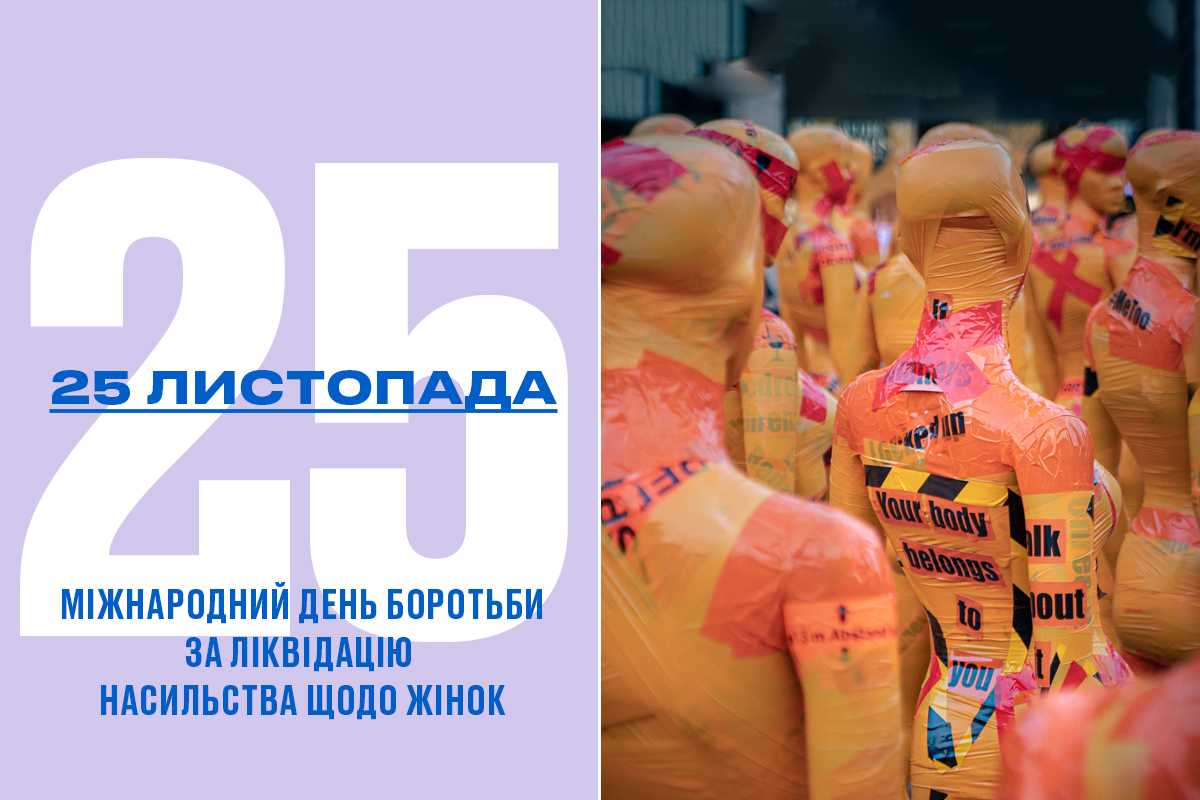International Day for the Elimination of Violence against Women

On November 25, 1999, the UN General Assembly established the International Day for the Elimination of Violence against Women.
This date was chosen not by chance. During the protests on November 25, 1960, three sisters, who were the most active protesters, were executed by the order of Dominican Republic dictator Rafael Trujillo.
One in four women and girls worldwide has been physically or sexually abused by a man or a male partner, according to 2021 WHO report. Taking into account the level of non-partner violence, the WHO estimates that about one-third of women aged 15 or older (736 to 852 million) have experienced some form of sexual or physical violence or exploitation during their lifetime.
According to a poll conducted by the Ukrainian Institute of the Future together with New Image Group, 2 million Ukrainians claim to have been victims of domestic abuse.
This problem needs to be addressed immediately. No legislative change will fix the situation until each of us understands that violence is not acceptable, we will continue to be left alone with the problem. Remember that each of us can become a victim of violence.
In this context, the need to ratify the Istanbul Convention on Preventing and Combating Violence Against Women and Domestic Violence remains urgent. The increase in calls to hotlines indicates that during the quarantine the problem became more acute.
This international instrument contains mechanisms for the protection of victims of gender-based violence and protects the rights of women and men who are victims of it. Ukraine signed this convention in 2011 but has not ratified it.
Ratification of the Convention will provide the application of international human rights monitoring mechanisms in the fight against domestic violence. In addition, the ratification of the convention gives Ukraine the right to demand accountability for perpetrators who attack Ukrainian citizens abroad.
The Convention complements existing national legislation and brings it closer to the standards and best practices of the Council of Europe member states.

